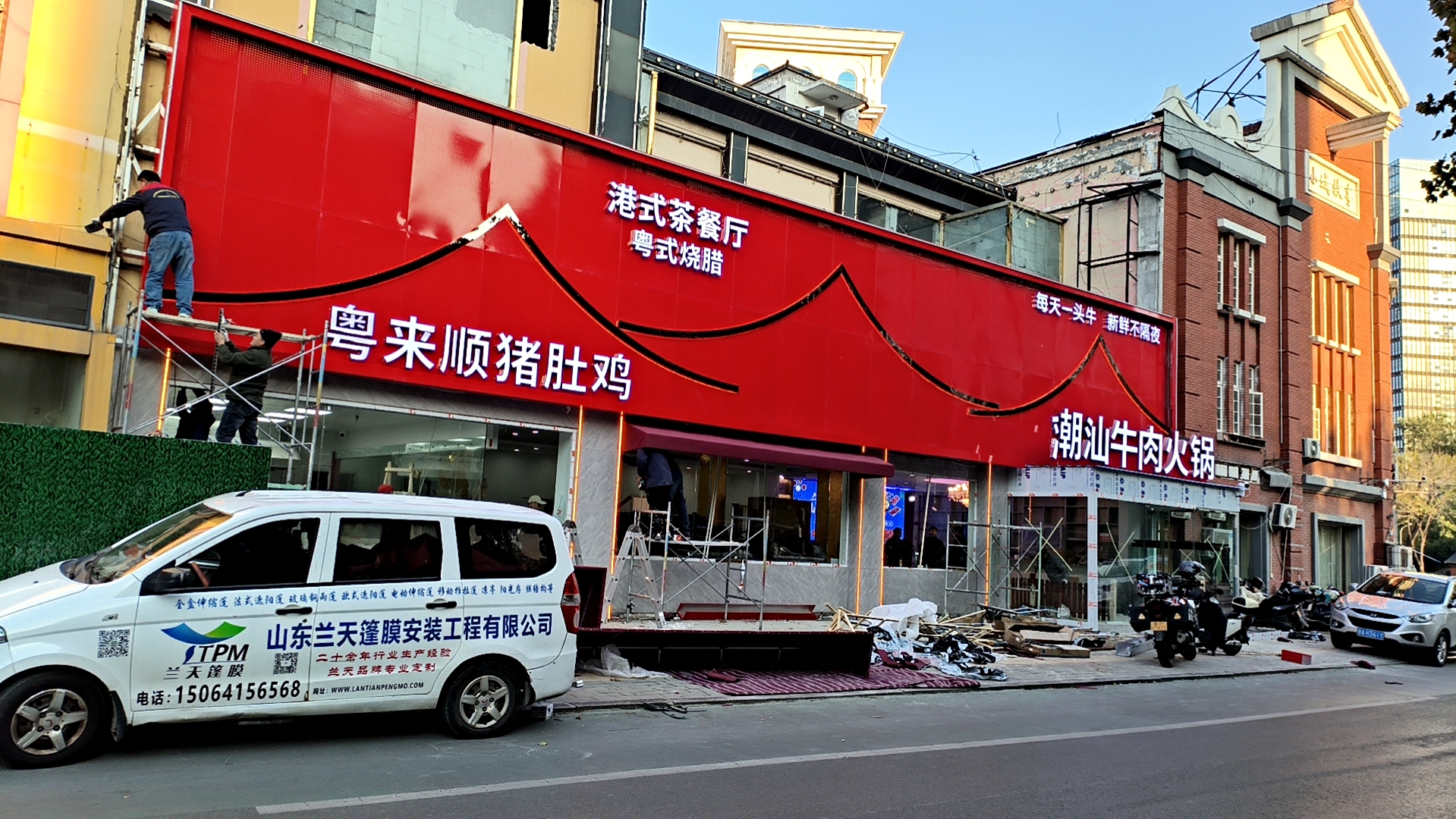热镀锌电缆桥架通过哪些要点进行清洗
热镀锌电缆桥架通过氯化铵或氯化锌水溶液或氯化铵和氯化锌混合水溶液槽中进行清洗,然后浸入500℃左右消融的锌液中,使“黑材”角钢表面附着30- 50um锌层,然后抵达防腐的目的。热镀锌电缆桥架常用于幕墙、修建钢结构构件、电力铁塔、铁路、公路防护、船用构件、变电站隶属设备、轻工业等。
The hot-dip galvanized cable tray is cleaned in an ammonium chloride or zinc chloride aqueous solution or a mixed aqueous solution of ammonium chloride and zinc chloride, and then immersed in a molten zinc solution at around 500 ℃ to attach a 30-50um zinc layer to the surface of the "black material" angle steel, achieving the purpose of corrosion prevention. Hot dip galvanized cable trays are commonly used in curtain walls, construction of steel structural components, power towers, railway and highway protection, marine components, substation equipment, light industry, etc.
冷镀锌的工艺进程也是先将“黑材”角钢的表面行化学清洗处理后放进电镀液中,余下处理工艺与热镀锌电缆桥架的处理工艺相同。电镀液中含有氧化锌,把直流电一及接“黑材”角钢,一及接放在电镀液中的锌板中,通电后锌以游离分子状况置换到钢材表面,构成锌层。热镀锌电缆桥架的制造工艺与冷镀锌角钢的制造工艺只要一步之别,但是热镀锌处理之后的角钢防腐功能要比冷镀锌处理的角钢好。冷镀锌角钢锌层的厚度一般仅在20~30μm,热镀锌电缆桥架的锌层厚度在80μm以上。但由于工艺不同,镀层的厚度也不相同的,准的以检测数据为表准。

The process of cold galvanizing is also to first chemically clean the surface of the "black material" angle steel and then put it into the electroplating solution. The remaining treatment process is the same as that of hot-dip galvanized cable trays. The electroplating solution contains zinc oxide. When a direct current is applied to a "black material" angle steel and a zinc plate placed in the electroplating solution, the zinc is replaced with free molecules on the surface of the steel, forming a zinc layer. The manufacturing process of hot-dip galvanized cable trays is only one step different from that of cold-dip galvanized angle steel, but the anti-corrosion function of hot-dip galvanized angle steel is better than that of cold-dip galvanized angle steel. The thickness of the zinc layer on cold galvanized angle steel is generally only 20-30 μ m, while the thickness of the zinc layer on hot-dip galvanized cable trays is above 80 μ m. However, due to different processes, the thickness of the coating also varies, and the accuracy is based on the test data.
冷镀锌的工艺进程也是先将“黑材”角钢的表面行化学清洗处理后放进电镀液中,余下处理工艺与热镀锌电缆桥架的处理工艺相同。电镀液中含有氧化锌,把直流电一及接“黑材”角钢,一及接放在电镀液中的锌板中,通电后锌以游离分子状况置换到钢材表面,构成锌层。热镀锌电缆桥架的制造工艺与冷镀锌角钢的制造工艺只要一步之别,但是热镀锌处理之后的角钢防腐功能要比冷镀锌处理的角钢好。冷镀锌角钢锌层的厚度一般仅在20~30μm,热镀锌电缆桥架的锌层厚度在80μm以上。但由于工艺不同,镀层的厚度也不相同的,准的以检测数据为表准。
The process of cold galvanizing is also to first chemically clean the surface of the "black material" angle steel and then put it into the electroplating solution. The remaining treatment process is the same as that of hot-dip galvanized cable trays. The electroplating solution contains zinc oxide. When a direct current is applied to a "black material" angle steel and a zinc plate placed in the electroplating solution, the zinc is replaced with free molecules on the surface of the steel, forming a zinc layer. The manufacturing process of hot-dip galvanized cable trays is only one step different from that of cold-dip galvanized angle steel, but the anti-corrosion function of hot-dip galvanized angle steel is better than that of cold-dip galvanized angle steel. The thickness of the zinc layer on cold galvanized angle steel is generally only 20-30 μ m, while the thickness of the zinc layer on hot-dip galvanized cable trays is above 80 μ m. However, due to different processes, the thickness of the coating also varies, and the accuracy is based on the test data.
阅读/ Recommended reading
- 济南雨棚:支架80度和80角是一样的吗 2025-11-22
- 济南推拉蓬的正确移动方法 2025-11-20
- 济南遮阳蓬:阳台遮阳棚选哪种材质好?怎么设计? 2025-11-18
- 济南遮阳棚:膜结构建筑需要保养的几种情况 2025-11-15
膜结构轿车停车棚的高度、宽度等尺寸主要是根据轿车的大小来决定,下面来具体介绍下。 The height, width, and other dimensions of the...








